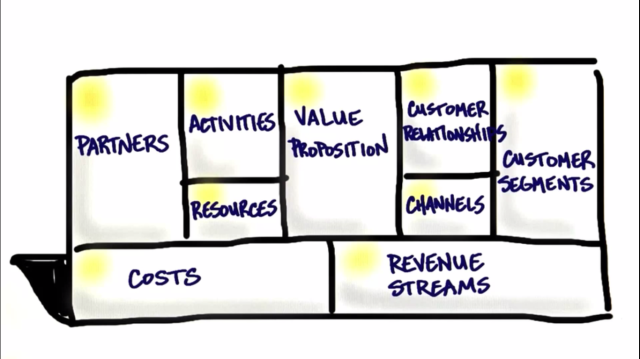Artificial Intelligence (AI) reaches another milestone and the thought of “Human-like” Machines is not only fascinating but also daunting. The Hollywood movie “Transcendence” might have less convincing effect on audience, that being said, AI is transcending and the fear of its transcendence is rising among a conservative mass of people and a few computer scientist. While AI promises solutions to many far-fetched problems in science, technology, engineering, mathematics, medicine and economy, the antagonists claim that the disadvantages of AI, in deed, outweigh the advantages. Here, I present developments in the area of AI and its subdomain, Machine Learning, and I also propose a cipher to bypass intelligent systems.
Alan Turing in his 1950 paper “Computing Machinery and Intelligence” introduced a test of a machine’s ability to exhibit intelligent behavior equivalent to, or indistinguishable from, that of a human. An AI passing the Turing test is conceived to be human-like. The 65-year-old Turing Test is successfully passed if a computer is mistaken for a human more than 30% of the time during a series of five-minute keyboard conversations. On 7 June Eugene convinced 33% of the judges at the Royal Society in London that it was human, along with other artificial intelligence (AI) systems, including Cleverbot, Elbot and Ultra Hal, that completed the test. Eugene was created by Vladimir Veselov, who was born in Russia and now lives in the United States, and Ukrainian-born Eugene Demchenko, who now lives in Russia. Certainly, the current developments in AI are only the beginning as per a few computer scientists. Other scientists concede that we don’t even need human-like machines when we can superhuman-level machines: A book on “Superintelligence” by Nick Bostrom takes the discussion further on AI.

Eugene Goostman simulates a 13-year-old Ukrainian boy
The gap between humans and machines is undoubtedly quelling as seen from the numerous examples at hands. Many scientists are working on reaching human-like artificial intelligence. Others believe that machines have a definitive role which complements the human role: Introduction of technology like Augmented Reality (AR) and Human-Machine Interaction (HMI) deem their significance. Certainly, machines and humans working together are conceived more productive than either of them working alone, meaning that we don’t need human-like machines as there’s no replacement for humans. The third approach as discussed earlier could be superhuman-like machines, which are neither human-like nor dependent on humans.
Nevertheless, no matter what approach is taken, one can’t ignore the fact that AI can shape our world. The question that needs to be answered is whether the consequences of even a near-perfect artificial intelligent system tend to be vicious. Many events in the movies “Transcendence” and “Terminator” may seem specious, but the cost of ignorance is certainly high as opposed to certain precautions. A heuristic machine that has more resources than the human brain can patently transcend itself, posing threat to humanity.
The bright side of developments in AI should not be underestimated, or ignored, as well. AI can make countless breakthroughs in the field of medicine to quell diseases like Diabetes, HIV AIDS, Ebola, etc. Due to AI we will soon have driverless cars, or at least safety mechanisms to prevent damages and injuries in car accidents. Many more advantages root as opposed to a major disadvantage, our control over AI. Apparently, that doesn’t thwart us from improving AI, and it shouldn’t as well, however, we need to be ready for what we might have to face in the future.
Today’s scenario is that many artificial intelligent systems are hovering over the web to monitor internet users, keeping record of their activities and making certain predictions regarding the user, let alone the future scenario. Many free social networking websites, or apps, including Facebook and twitter, keep data of their users and sell this data to third-party. For now, the only firm that guarantees absolute privacy of our data is Apple as from the recent claim by Tim Cook (the CEO of Apple) that “Customers are not the products at Apple”. Nevertheless, with developments in AI, it could be possible to break into today’s impenetrable encrypted databases. Consequently, maintaining privacy would be a herculean task.
In the next article, I will be sharing an encryption algorithm, one of my own, which might come handy for humans to communicate online in the future because of its less probability to be penetrated by a super-intelligent machine. Consequently, the cipher might bypass the understanding of super-intelligent machines.








